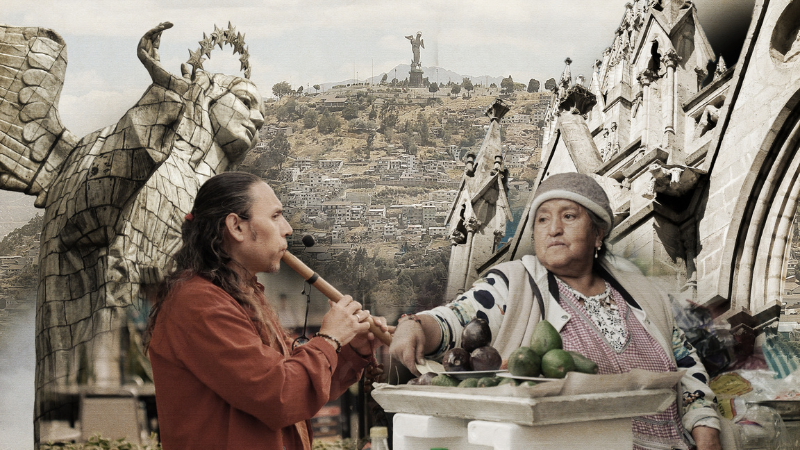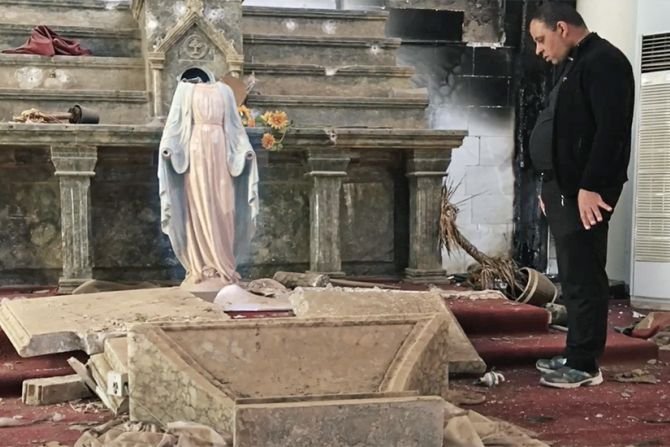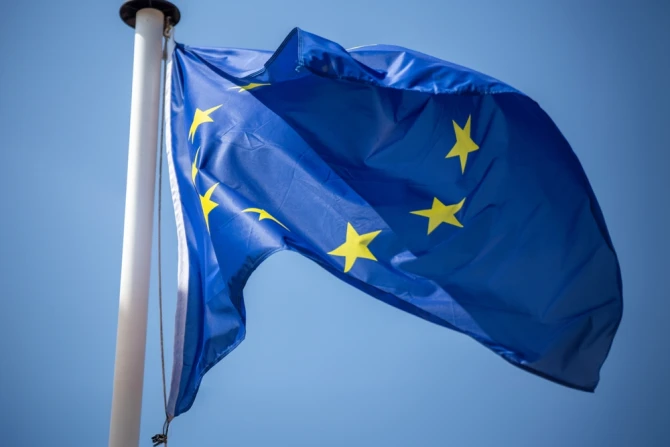On October 19, 2025, one of the most solemn events of the Jubilee Year unfolded in St. Peter’s Square: Pope Leo XIV canonized seven new saints, offering the Church and the world a profound message of holiness, unity, and hope.
A Historic Canonization in the Heart of the Church
On Sunday, October 19th, in Saint Peter’s Square, Pope Leo presided over the Eucharistic celebration with the rite of canonization of seven new saints of the Catholic Church.
Ignatius Maloyan, Peter To Rot, Vincenza Maria Poloni, María Carmen Rendiles Martínez, Maria Troncatti, José Gregorio Hernández Cisneros, and Bartolo Longo were elevated to sainthood in a moving ceremony that highlighted the universality of the Church.
Fr. Boguslaw Turek, Under-Secretary in the Dicastery for the Causes of Saints, explains:
“The primary requirement was for the group to be international, ensuring that the new saints represent the universal Church’s holiness by coming from various regions around the world.”
A Universal Witness of Holiness
Among the newly canonized, three hail from Italy; two from Venezuela, deeply venerated throughout Latin America; and two from Oceania and West Asia, respectively. Peter To Rot, from Papua New Guinea, is the first canonized saint from the Pacific Island nation. Ignatius Maloyan was an Armenian bishop and martyr who perished during the Ottoman genocide.
The consistory in which these canonizations were officially confirmed—held by Pope Leo on June 13—had originally been convened by Pope Francis at the end of February, while he was still hospitalized.
For both the diversity of the saints’ origin and the bridging of two pontificates, the ceremony carries profound symbolic weight for the Church. As Fr. Turek notes in an exclusive interview with EWTN Vatican:
“When the Jubilee Year program was being established, the idea of a Day of Holiness was already considered—an event intended to include a canonization ceremony.”
He continues:
“The number and selection of new saints depend not only on the work of the congregation but, above all, on divine providence, because they are figures who have matured for this particular moment in time.”
The Theology and History Behind Canonization
The privilege of canonization belongs solely to the Pope. While the rite is typically celebrated in the Vatican, it may also occur during apostolic journeys — yet always under papal authority.
Mons. Roberto Regoli, Professor at the Pontifical Gregorian University, explains:
“The Pope handles canonizations closely tied to his teaching infallibility. The formula used shows that he performs this act based on the authority of Saints Peter and Paul, by virtue of apostolic authority.”
He adds historical context:
“Why did pilgrims come to Rome in the Middle Ages? Because of the tombs of Peter and Paul, where they hoped to gain the keys to heaven. During that time, many prelates, as well as kings and nobles, wished to come to Rome and be buried near Peter’s tomb, believing he held the power of the keys to open paradise.”
Canonizations in the Modern Era
The process and number of canonizations have accelerated in recent decades.
- St. John Paul II canonized 482 saints,
- Benedict XVI canonized 45,
- and Pope Francis has already canonized almost 950.
This Jubilee Year thus marks a spiritually significant moment for the Church’s ongoing witness to sanctity.
Saints as Seeds of Hope in a Troubled World
In a time of global tension and spiritual searching, the Church lifts up these new saints as models of hope and holiness.
“We are living through a Jubilee Year marked by the theme of hope,” Fr. Turek emphasizes. “The new saints speak directly of hope—they address individual churches, the universal Church, and all of humanity. People need this message of hope, especially amid many recent concerns, not only in Europe but beyond, where peace and tranquility are under threat. This message is crucial. The lives of the new saints, both martyrs and confessors, who have dedicated their energy in different parts of the world, serve as seeds of hope.”







